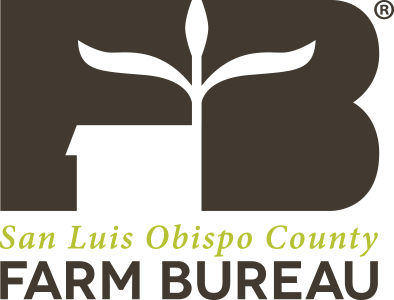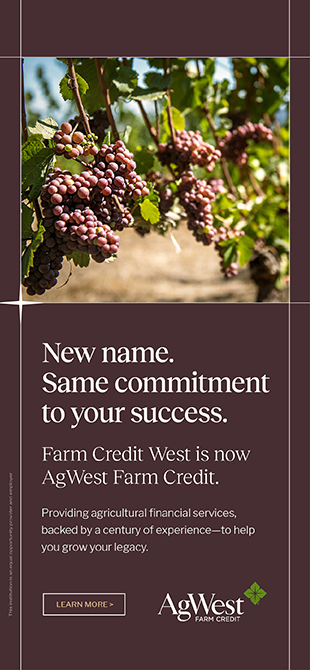
October 11, 2017 | By Btl Liners
Algae harvesting is the process of cultivating algae for use as biofuel. An alternative to traditional fossil fuels, biofuels have a lower environmental impact. Grown in saltwater, they have a high flash point, and they are biodegradable. Not to mention, they release no new CO2 into the atmosphere during production. For this reason, algae harvesting has become an important source of plant-based fuels.
What Is Algae Harvesting?
First harvested for fuel in the mid-1940’s, it’s wasn’t until the oil embargo of the 1970’s that production started in earnest. The U.S. Department of Energy launched the Aquatic Species Program in 1978 hoping to develop an alternative to petroleum derived fuels. Unfortunately, oil prices decreased in the 1990’s and biofuel production could no longer compete with dropping petroleum prices. The Department of Energy abandoned the program in 1996.
When oil prices rose again in the early 2000’s, funding returned, and a new wave of algae-based fuels entered the market. Algenol Biofuels, Sapphire Energy, and Genifuel are just a few of the companies interested in algae harvesting and biofuel production. Using patented technologies to prime algae for commercial use, these companies hope to displace hazardous fossil fuels with a viable (and competitive) plant-based alternative.
How Is Algae Harvested?
To cultivate algae for biofuel use, first grow it as a crop and then process it as a fuel. Fortunately, algae require less fresh water to produce, less time to harvest, and less land to cultivate than traditional food crops. Unfortunately, it is more costly to produce than other fuels. For this reason, most algae companies focus on cost reduction and commercial viability. Many believe that with the former comes the latter.
Step One: Cultivation
The first step is growing algae. For commercial vendors, this typically involves the use of open ponds or algal turf scrubber (ATS) systems. Open ponds are long bodies of water lined with geomembrane material and cultivated with algae. Submerged in shallow water, algae absorb light from the sun and turn it into biomass. Growers collect harvests every two days.
A modern alternative, ATS systems mimic coral reefs by covering a slanted surface with geomembrane material and cultivating algae on the surface. This method produces larger yields and results in less contamination than traditional open pond structures. Not to mention, ATS systems create algae with lower lipid levels making it an ideal source for many fuel options. Butanol, ethanol, and methane are just a few of the fuels produced by this method.
Step Two: Fuel Production
After harvest, dehydration of the algae takes place. This process is the most time-consuming and costly part of production. Algae has a high water content that producers remove via various extraction methods. Energy-rich compounds known as lipids are separated from the dehydrated material to create biofuel products.
Biodiesel, methane, ethanol, green diesel, and jet fuels are made from these lipids, while the remaining dehydrated products are used to produce bioethanol or butanol. Though algae provide a safe, more eco-friendly alternative to traditional fossil fuels, it is still not as cost-effective to produce as petroleum based products. For this reason, there is still much research to do as the industry expands.
That said, the benefits of algae production far outweigh the consequences of competing products. Algae grows in less than ideal situations as well as on land that previously considered useless. It requires minimal fresh water to harvest, and some sources say that replacing fossil fuels with biofuels could reduce CO2 emissions by as much as 80%. For this reason, and many others, algae harvesting is an important part of biofuel creation.
BTL Liners provides geomembrane liners for algae cultivation. Our industrial strength RPE and RPP liners are chemical and UV resistant as well as potable-grade for organic production methods. They are also completely plant and fish safe and most are NSF 61 certified. Contact us for more information about your algae harvesting methods. We’d love to help.



